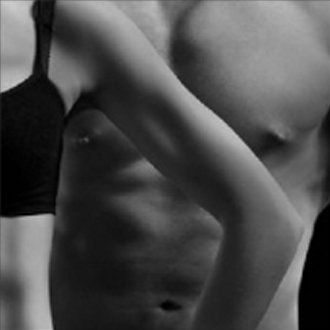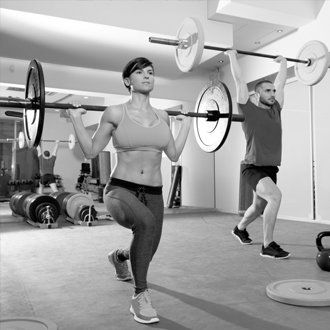Here at Andrew Dawson PT, there are a few ideas we like to bear in mind when designing and implementing our sessions.
Below are a few general principles that we believe in, mixed with a bit of common sense, that we hope helps to keep Clients motivated and heading in the right direction.
Diet and exercise must be combined
If you are looking to lose weight, then create an energy deficit where more calories are burned than consumed. Likewise, if gaining weight is the goal we are required to intake more calories than we expend.
It is essential to include the right type of exercise when changing eating habits, and this is especially so if an individual has spent years consuming large amounts of saturated fats and sugary foods. Diet without exercise is not an effective long term weight loss plan, as the restriction in calories causes your body to lower its metabolic rate to compensate.
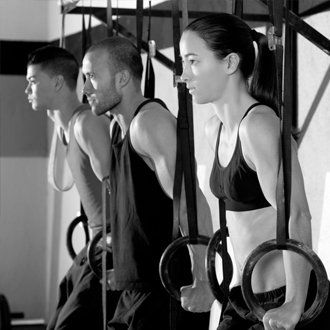
Resistance training combined with a slight calorie restriction is the key to fat loss
A calorie deficit causes the fat loss, and the weight training signals to the body to activate and work the muscles so that only fat is lost.
It is impossible for muscle to turn to fat, it is a different type of body tissue. If you stop training, muscle mass and strength gradually decrease, and if you eat more calories than your body needs then of course fat stores will increase.
There is no such thing as “toning” your muscles
Muscle tone is what makes your muscle feel firm while at rest. What we are actually striving for is to gain muscle mass and reduce excess body fat, giving a lean, sculpted look
Training correctly maintains and improves flexibility. Strong muscles contract more quickly and generate more power than weak ones.
FAT GAIN, AGE RELATED HEALTH PROBLEMS, AND LOSS OF VITALITY HAVE NOTHING TO DO WITH NATURAL AGING AND EVERYTHING TO DO WITH HEALTHY EATING, EXERCISING SMARTLY, AND LIVING THE CORRECT LIFESTYLE. A SEDENTARY LIFE IS THE KILLER.
MUSCLE LOSS ISN'T PREVENTED BY CARDIO-VASCULAR TRAINING, ONLY RESISTANCE TRAINING MAINTAINS MUSCLE MASS AND STRENGTH AS YOU GET OLDER
RESISTANCE TRAINING IS ESPECIALLY IMPORTANT FOR OLDER INDIVIDUALS WHO MAY HAVE LOST MUSCLE MASS DUE TO INACTIVITY.
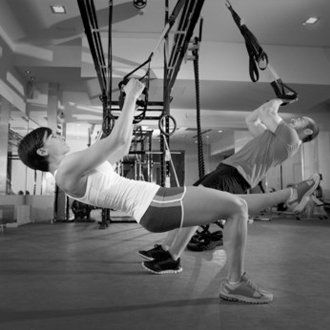
Strength training does not make women look bulky
Women don’t possess enough testosterone to bulk up under heavy weight, doing endless cardio and numerous reps with light weight is not the answer either. A lean, trim, athletic female figure is best achieved with good, intense, sufficiently heavy weight training aligned with adequate rest between sets to activate the correct hormonal response.
STRENGTH TRAINING CAN IMPROVE POSTURE, HELP REDUCE STRESS & ANXIETY, HELP REDUCE BLOOD PRESSURE, AND IMPROVE BLOOD CHOLESTEROL
EXERCISE MAKES YOU FEEL GOOD
Improved self-esteem is a key benefit of physical activity, and is strongly correlated with good mental health and lower rates of depression. When you exercise, the body releases endorphins that can help boost your mood significantly and naturally.
Doing less exercise can get you better results. It's not necessarily about how much exercise your body can tolerate, but more the exact amount it actually requires
YOU CAN DO TOO MUCH CARDIO-VASCULAR EXERCISE
Too much aerobic exercise can have the same effect as consuming too few calories, lowering metabolism and slowing down fat loss. Get the numbers right for your own body. A total calorific deficit of more than 1000 calories per day is generally the threshold for slowing metabolism. Exercising too much and eating too little can put the body into starvation mode and fat loss slows or stops.
CARDIO-VASCULAR TRAINING ALONE DOES NOT GENERALLY INCREASE MUSCLE, EXCEPT IN VERY INACTIVE INDIVIDUALS
IT’S NOT THE LENGTH OF TIME YOU SPEND TRAINING, IT'S THE INTENSITY
BODY FAT IS ALL THAT REALLY DETERMINES HOW WELL YOUR MUSCLES CAN BE SEEN
Diet is the dominant factor controlling your body fat. Strength training and correct nutrition is how you get your body looking the best it can.
STRENGTH TRAINING INCREASES THE RATE AT WHICH YOUR BODY BURNS CALORIES BY INCREASING MUSCLE MASS, THEREFORE INCREASING YOUR METABOLIC RATE, AND IN TURN HELPING TO REDUCE BODY FAT
DON’T BE OVERWEIGHT
Health risks of being only slightly overweight include; heart disease, high blood pressure, diabetes, kidney problems, osteoporosis, cancer, and arthritis.
OPTIMISE YOUR RESULTS BY FOLLOWING A PERSONAL TRAINING PROGRAM THAT IS BESPOKE TO YOU
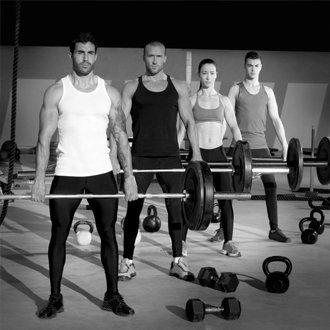
Weight loss is not the same as fat loss
To lose 1lb of fat requires 3,500 calories to be burned in excess of what is being consumed. Ideally you want your lean body mass to increase (or stay the same), since the higher your muscle mass, the higher your metabolism. If you lose weight without exercising, over half that loss is likely to be muscle and water, not fat.
The utilization of fat during exercise has little bearing on fat loss. Fat loss from aerobic exercise is tied intimately to caloric expenditure, not the particular fuel which is being used during exercise. It’s true that a greater percentage of fat is used during low-intensity exercise (below 65% max heart rate), however, the overall calorie expenditure will be low and the amount of fat used will be small. As exercise intensity increases (above 75% max heart rate), the percentage of total calories derived from fat is smaller, but the total amount of fat burned is greater. There is therefore no “fat burning zone” in terms of optimal intensity range, which will maximise fat loss. From a calorie burning perspective, aerobic exercise and calorie restriction are essentially identical.
If you're in Fitzrovia, Soho, Great Portland Street, Marylebone or anywhere across London, call us today.

